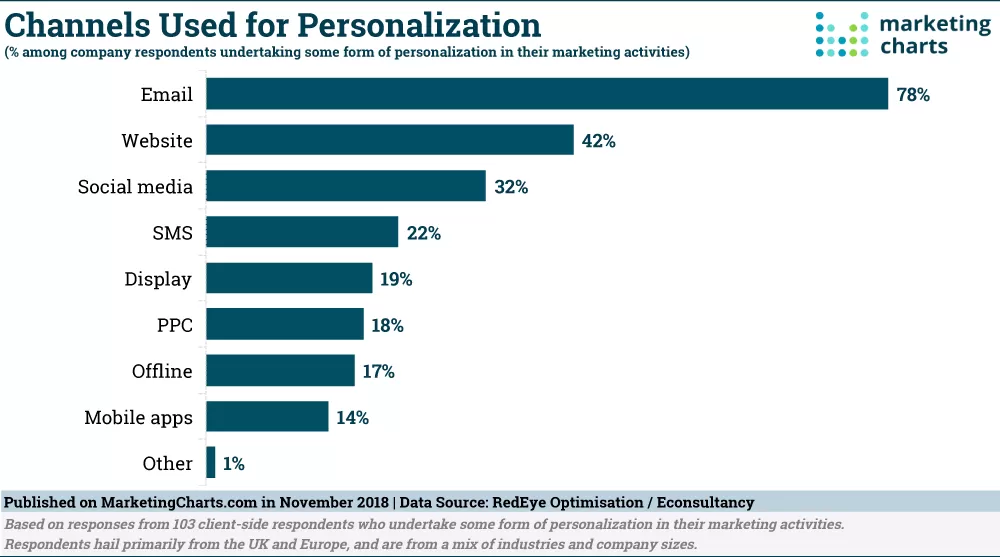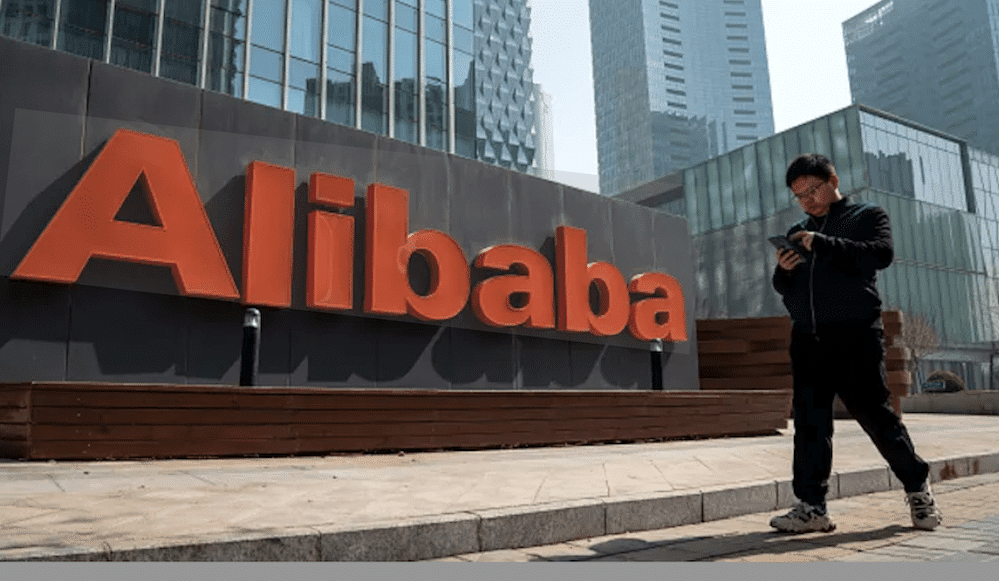It doesn’t matter which email service provider you look at, they all helpfully define email automation. The odd thing is, however, that it varies ever so slightly to ensure that whatever they offer is included.
Let us look at the biggest provider – Mailchimp, who say on their website:
“Email automation is a way to create emails that reach the right people with the right message at the right moment—without doing the work every time, sending automated messages leveraging a marketing automation tool. When you link your website analytics with your email marketing platform, you can target people based on behavior, preferences, and previous sales. Then you can personalise each customer’s experience and increase the relevance of your automated campaigns.”
The important element is “without doing the work every time”. It is fair to say hen, it means “doing some of the work, some of the time” – not autonomous software then. This distinction always is worthy of pointing out the obvious, if it’s not automatic the first time, refreshing it perpetually isn’t automatic either.
In fairness Mailchimp doesn’t say “all the work” and therefore use of the word can be forgiven. However if you are new to ecommerce, perhaps having added it to a retail shop, looking for where all the pre-pandemic customers have gone, and needing a slice of the action, you probably need greater clarity than this.
Already encumbered with buying, and in-store displays, staff, and stock-holding now with yet another new investment in time and money for everything that ecommerce brings. From website design, and SEO through to omnichannel marketing, a huge additional burden, usually requiring upfront costs in anticipation of future sales. Campaign Monitor offer:
“Email automation is the ability to send time or action-triggered emails to subscribers with relevant information. Automation is useful for a variety of marketing purposes. Whether it’s a triggered workflow that helps nurture new leads, birthday greetings that add a personal touch, or automated blog updates that take the legwork out of staying in touch with your audience — email automation makes email marketing more efficient, personalised, and relevant.”
Again not mentioned is the set-up required and perpetual up-dating to maintain relevance and freshness. Interestingly high on their agenda is their appropriateness of personalisation. Why you may ask? While email has enjoyed the luxury of highest returns as a go-to medium (one where you’re not waiting for the customer to find you – which usually is followed by the word – eventually), personalisation, or more specifically hyper-personalisation, is now the byword for ecommerce success.
Back in the 1990s, when CRM was in its infancy, it was appreciated by the likes of Experian, Forbes and Pearson that it was 6x less expensive to keep an existing consumer than get a new one. Roll that forward 20 years and finally, the ecommerce world’s enlightenment is the final appreciation of just how powerful autonomous personalisation is, in comparison to every other element of ecommerce selling. Autonomy will become the standard operating procedure.
Personalisation has evolved enormously since the advent of AI, and now with the aid of machine learning and Auto ML, the ROI has skyrocketed with the arrival of hyper-personalisation. There are distinctions, however, worth your while to investigate before you invest. is not adding someone’s name or birthday to something – as a few ESPs would have you believe, usually the ones that do no more than this. But it is rather the perceptiveness of retailers identifying products exclusive to the individual consumer to whom your message is going.

The organisations illustrated in the above graph, are primarily based in the UK and Europe for this survey – now undertake some form of personalisation in their marketing activity. (Conversion Rate Optimisation Report) from Econsultancy and RedEye Optimisation. That 71% represents an uptick from 62% last year and is the highest level reported by client-side respondents in at least 5 years.
The next stumbling block to using autonomous solutions, preferred by ESPs is – segmentation. Now we ask a simple question here “If someone put you in a box with a group of other people, and told you, you were all the same, would you consider your treatment was a personal one or not?”
Many ESPs (especially some of the biggest ones) would have you believe that something as trite as Male/Female would be sufficient to define you, and that this could tentatively be construed as personalisation. Some would extend this to include age and location, and those a little more professional would extend it to include previous purchase history, which is a lot better performance-wise.
But personalisation is not segmentation, it is not carving up a database of customers by linear quotas to suit promotional or marketing parameters, and you will discover neither is the power of the yield that is delivered.
See the article The Power of Email Personalisation, a Reservoir of Knowledge of its Effectiveness.
Coming back to our retailer, new to email marketing, and wanting to choose the perfect programs to get off the mark, we have established that it must have hyper-personalisation at the top of the agenda, and ideally be 100% autonomous, so it needs as little time necessary as possible. The fear and lack of understanding of all new technology creates fears and doubts. However early adopters are proven to succeed universally, so it’s worth persevering.
Autonomous Software and What It Offers Email Marketing
AI hyper-personalisation software for email marketing offers 100% autonomous functionality – it needs no staff whatsoever, not even to set up and keeps itself fresh, as the automation is perpetual. Consider the significance of that to your bottom line GP.
See article. How much do your staff really cost?
What hyper-personalisation does is utilise each customer’s first-party data – with their explicit permission, including buying history, time spent looking at the product, repeat visits etc, and then perpetually adds their impression data (typically 100 on every visit the consumer makes to the website they shop at). It then ranks every SKU you have, in order of that consumer’s product selections by their greatest propensity to purchase, at a given time – optimised sending time. It then takes the top ones, populates a stylesheet, and sends. This makes every email sent, to each consumer, personal and perfectly appropriate, unique to them.
It might not come as a surprise to know this process can deliver as much as 20x (twenty times) greater marketing ROI than promotional and marketing emails, this is the professional distinction of hyper-personalisation in email marketing.
Being 100% autonomous negates the need for human involvement. Indeed, when people get their hands on something “just because they can”, it often has an adverse effect. If big data says “Do this for maximum return”, the last thing you need is an ego saying “No I don’t believe it, I want to do something else.” It takes the bigger person to appreciate, that what they are doing is depriving themselves of the higher rewards.
Hyper-personalisation software for email always remains pertinent to each consumer it addresses, which offers far more than just bigger basket sizes, it also maximises their customer lifetime value. Almost as a side-effect, you achieve dramatically fewer product returns because if you are choosing products which you know are wanted it naturally follows they are more likely to be kept.





